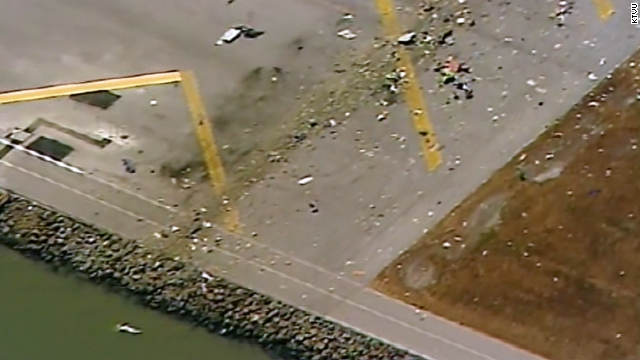Greg Bockelman
Touchdown! Greaser!
- Joined
- Feb 23, 2005
- Messages
- 11,093
- Location
- Lone Jack, MO
- Display Name
Display name:
Greg Bockelman
Re: 777 down SFO
You didn't need to mention that at this point.
This is likely a case of pilot error.
You didn't need to mention that at this point.




 .....
.....

